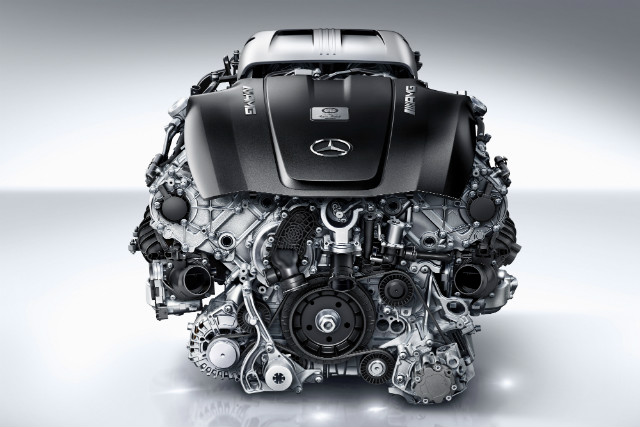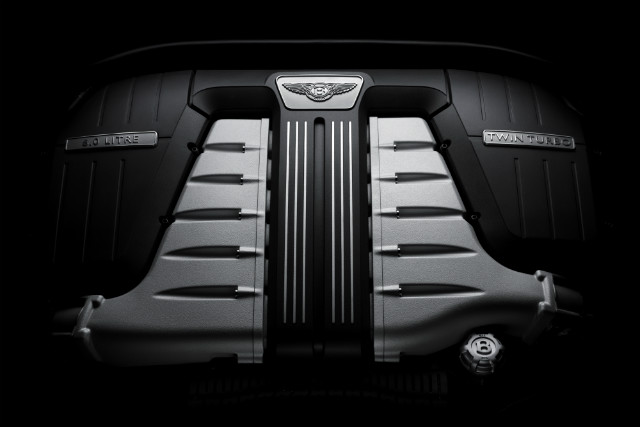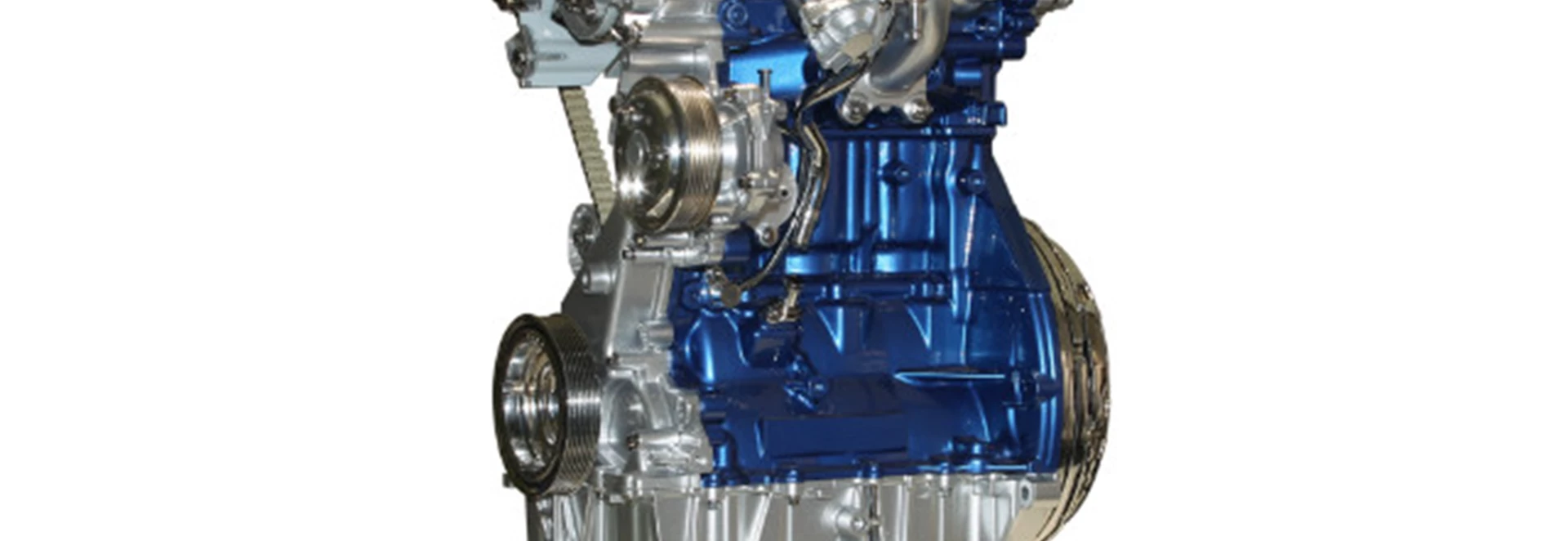V8’, ‘straight-six’, ‘inline-four’ – all of these are terms you’ve likely come across when learning about the engines a car has. But it may not have ever been clearly explained to you what these various terms actually mean and why they matter to car buyers.
In this guide we summarise the different types of conventional petrol or diesel-run engine layouts which new cars nowadays may offer.
Why do we have different layouts for engines?
The cylinders, an absolutely vital component for any combustion engine’s power delivery, may be positioned in a certain way for all kinds of reasons.
Reasons can be related to performance, efficiency, engine smoothness or ensuring the engine actually fits underneath the bonnet.
Inline and straight engines
Inline engines are very commonly used for most small cars and family models.
They usually have four, six or eight cylinders and these are arranged in a line, facing upwards and often perpendicular to the car. This term is often used mutually with ‘straight’ engines.
While straight engines are similar to inline, in that all the cylinders are arranged in a line, they are positioned with the car from front to back instead of across the engine bay. Straight engines are more commonly seen on premium cars, particularly from BMW.
V engine

A V engine arranges its cylinders so that when you view unit the front it looks like a ‘V’ shape.
V engines are commonly used by performance cars and the most potent of luxury motors because the design allows you to fit more cylinders (and extract more power) in a compact space.
Flat engine
Flat engines are also known as ‘boxer’ engines and are commonly found in Porsche and Subaru cars.
With this type of layout, the cylinders are arranged in two banks on either side of a single crankshaft. The point of this is to ultimately keep the car’s centre of gravity low which benefits handling.
W engine

A W engine essentially combines together two banks of V engines to create a large W-shaped unit.
Nowadays, W engines are rare and only the VW Group uses it for current cars, specifically those under the Bentley and Bugatti brands.
Wankel engine
Wankel engines, also known as rotary engines, use an eccentric rotary design, whereas other car engine types use a reciprocating piston.
The advantages this sort of engine layout can offer includes its simplicity, compact nature and high power-to-weight ratio. However the cost of design, fuel consumption and the inability to run on diesel are disadvantages which have prevented Wankel engines from being commonly used.
Nevertheless, this type of engine was successfully pioneered by Mazda during its earlier years and the Japanese car maker is set bring the design back in the near future.




